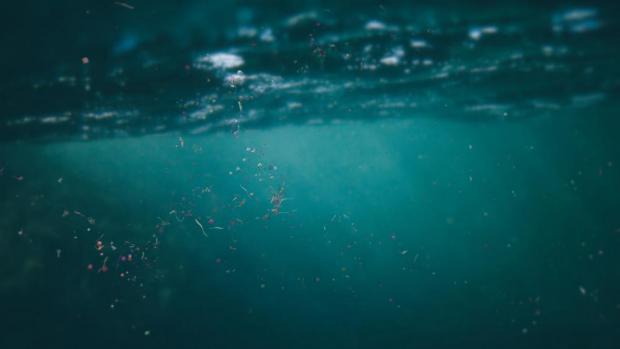
Breaking News
 Common Dry-Cleaning Chemical Linked to Liver Damage
Common Dry-Cleaning Chemical Linked to Liver Damage
 I agree with General Flynn … firing Bondi was AVOIDABLE. FIRE HER NOW! Put in a MAGA AG
I agree with General Flynn … firing Bondi was AVOIDABLE. FIRE HER NOW! Put in a MAGA AG
 A Call to Congress -- Advancing the MAHA Legislative Agenda
A Call to Congress -- Advancing the MAHA Legislative Agenda
 Trump weighing the ouster of Kash Patel, according to sources
Trump weighing the ouster of Kash Patel, according to sources
Top Tech News
 First totally synthetic human brain model has been realized
First totally synthetic human brain model has been realized
 Mach-23 potato gun to shoot satellites into space
Mach-23 potato gun to shoot satellites into space
 Blue Origin Will Increase New Glenn Thrust 15-25% and Make Rocket Bigger
Blue Origin Will Increase New Glenn Thrust 15-25% and Make Rocket Bigger
 Pennsylvania Bill – 'Jetsons Act' – Aims To Green-Light Flying Cars
Pennsylvania Bill – 'Jetsons Act' – Aims To Green-Light Flying Cars
 New Gel Regrows Dental Enamel–Which Humans Cannot Do–and Could Revolutionize Tooth Care
New Gel Regrows Dental Enamel–Which Humans Cannot Do–and Could Revolutionize Tooth Care
 Researchers want to drop lab grown brains into video games
Researchers want to drop lab grown brains into video games
 Scientists achieve breakthrough in Quantum satellite uplink
Scientists achieve breakthrough in Quantum satellite uplink
 Blue Origin New Glenn 2 Next Launch and How Many Launches in 2026 and 2027
Blue Origin New Glenn 2 Next Launch and How Many Launches in 2026 and 2027
 China's thorium reactor aims to fuse power and parity
China's thorium reactor aims to fuse power and parity
 Ancient way to create penicillin, a medicine from ancient era
Ancient way to create penicillin, a medicine from ancient era
Simple technique removes over 98% of nanoplastic particles from water

Mount Everest has microplastic contamination. Our drinking water and food, especially processed foods in single-use packaging, are contaminated with microplastics. Recent studies have found microplastics in our blood, lungs, liver, and kidneys ... They've even been found in the placentas of unborn babies.
Studies on the adverse health effects of microplastics in the human body have only recently been done. Respiratory, gastrointestinal, endocrine, developmental and reproductive issues, and even cancers are starting to be linked to the consumption and inhalation of microplastics. Micro and nanoplastics are inescapable. But now researchers from the University of Missouri have developed a relatively simple and safe method of extracting over 98% of nanoplastic particles from water.
Using non-toxic, hydrophobic natural ingredients, researchers were able to create a liquid solvent that floats atop water like oil. When emulsified into the water and then allowed to reseparate, the solvent will then float back to the surface carrying more than 98% of the nanoplastic contaminants back to the surface with it, where it can simply be skimmed off the water. Given its hydrophobic nature, there's little risk of leaving further contamination from the eutectic solvent behind.
"Our strategy uses a small amount of designer solvent to absorb plastic particles from a large volume of water," says Gary Baker, an associate professor in Mizzou's Department of Chemistry. "Currently, the capacity of these solvents is not well understood. In future work, we aim to determine the maximum capacity of the solvent. Additionally, we will explore methods to recycle the solvents, enabling their reuse multiple times if necessary."
We currently have some ways of removing microplastics from our drinking water, depending on the size. Basic activated carbon filters – like you'd find in a Britta – aren't specifically made to remove them, but are fairly effective at removing anything larger than five microns in size. Multi-stage sediment filters with a one-micron pore size are quite good. Reverse osmosis, which squeezes water through pores as small as one ten thousandth of a micron is one of the very best methods for removing contaminants of any sort from water – however, these become clogged and need to be cleaned regularly. Distilling water is nearly 100% effective, but also strips away any healthy minerals that our bodies need.



